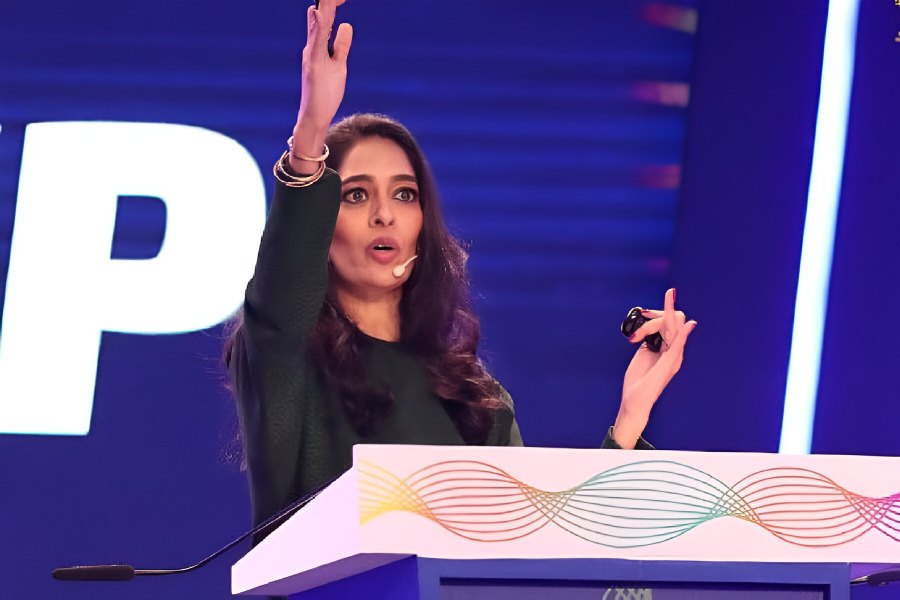As application deadlines for business schools approach, institutes are going all out to woo students. Behold the deluge of advertisements, often with unverifiable claims. Although the Advertisement Standards Council of India (ASCI) — the country’s advertising watchdog — has been trying to crack down on misleading ads by educational institutes, B-schools and tech schools are yet to check their marketing methods. The onus of reading between the lines, therefore, lies on students and parents. Says Shweta Purandare, secretary-general of the ASCI, “We find the highest incidence of misleading advertisements in the education sector. Consumer awareness, or rather proactiveness to report misleading advertisements, is low.”
It is time private management and engineering institutes realised that brand building through conventional advertisements does not work for educational institutes; their reputation is best spread through word of mouth. India has over 5,000 management and engineering institutes; it is no surprising that most of them are running short of candidates and are publishing misleading ads to attract, seduce and grab students. Aspiring students should keep in mind that the more an institute needs to advertise its credentials, the more likely it is to lack those attributes.
Here are five taglines commonly used to lure the unsuspecting:
“100 per cent placement”
More often than not, students — as well as parents — perceive B-schools and engineering institutes as glorified placement agencies. No advertisement, therefore, dares project any figure below cent per cent. A closer look may reveal unfortunate details. Many institutes push their graduates into low-paid and low-grade jobs just to reach the magic figure. Students need to check the profiles of recruiting companies as well as the job profiles being offered. An institute may flaunt the name of a reputed bank as recruiter but its graduates may well be selling credit cards there. The best way is to verify the claims from the horse’s mouth — the alumni. Should the promises be genuine, the school authorities won’t hesitate to give contact details of former students.
Students should also try to find out if those placed have retained their jobs and are doing well. After all, most institutes don’t impart any useful skills; it’s not surprising that many of their graduates lose their jobs. Also, 100 per cent placement is by no means the sole indicator of an institute’s performance; good institutes should be rated by the value generated by its alumni, through entrepreneurship and other forms of wealth creation.
“Experienced faculty”
Faculty quality is, in fact, the most important criterion when choosing an institute. The pedigree of the full-time faculty is the biggest catalyst for an institution’s success. Just being an alumnus of an IIM or IIT doesn’t make one a good teacher — he or she should preferably be a PhD from a reputed institute.
Even if one claims to have been a faculty member at a top institute, candidates should check whether he or she was a full-time, adjunct or visiting member. Also, take note whether there is a committed teacher who visits the class regularly, not just a guest lecturer. Institutes often compromise by managing with visiting faculty to reduce operating cost. Students should, therefore, assess the intellectual capital an institute offers. Good teachers don’t just “disseminate knowledge, but create it”. They are constantly engaged in research, publish papers in peer-reviewed journals and write books. Visiting faculty from industry is also essential to infuse industry experience in pupils. But they must be practising professionals and not retired people with out-of-sync ideas.
“Ranked XX in India”
There are so many rankings these days that almost all institutes can flaunt a high position in one. Everything depends on the credibility of the ranking agency but what makes it more confusing is that different agencies follow different parameters and methodologies of ranking. What should students do? Consider only surveys that are objective. Do not depend on perception-based surveys, which are likely to be flawed. Such surveys just gauge people’s perception, rather than anything tangible.
“International tie-ups”
Many institutes flaunt “foreign tie-ups”. In reality, C-grade foreign institutes often tie up with their Indian and Chinese counterparts to rev up revenue. Students must find out the ranking of the foreign institute and the nature of the tie-up before taking a decision. Some institutes also promise “study tours” to foreign shores. These jaunts add no value to the programme — in most cases they turn out to be fun trips. The cost is usually borne by students or their parents and is included (and hidden) in the inflated fee structure.
“Scholarship schemes”
A scholarship or fee waiver scheme is usually an eyewash. There are so many institutes and the fees are so high that they tend to offer a discount to lure students. But such measures are usually arbitrary. In other words, it depends on how you bargain — as if education is a market commodity. If the criteria for awarding scholarships is not transparent, the motives are suspect.
Prospective B-school candidates would do well to remember the old adage of caveat emptor.











